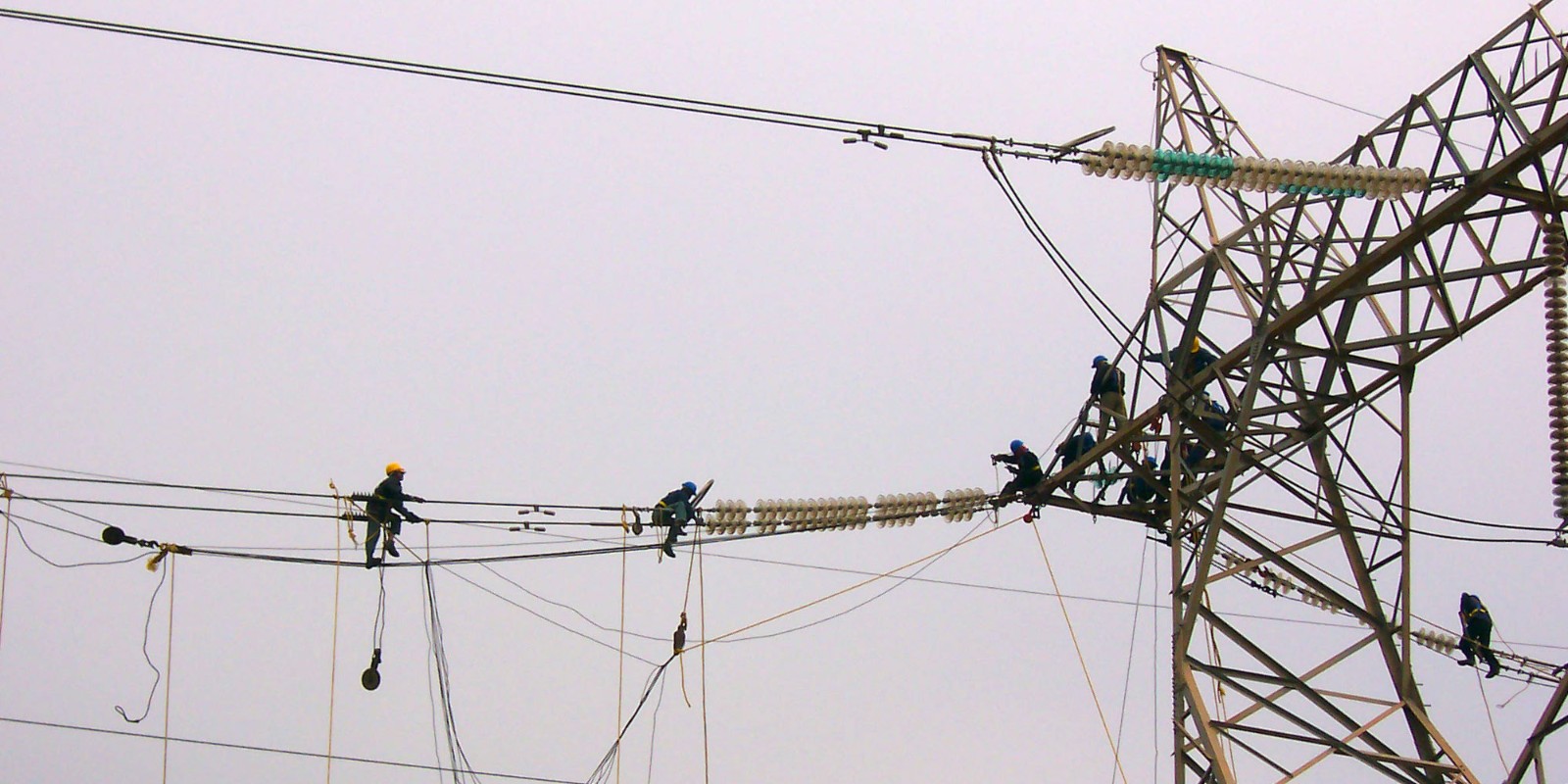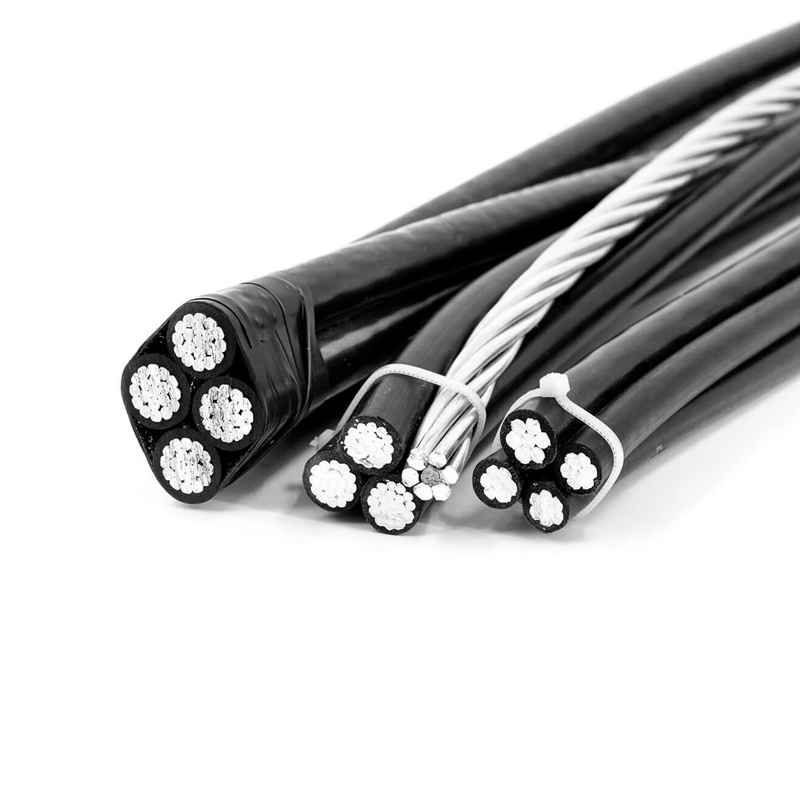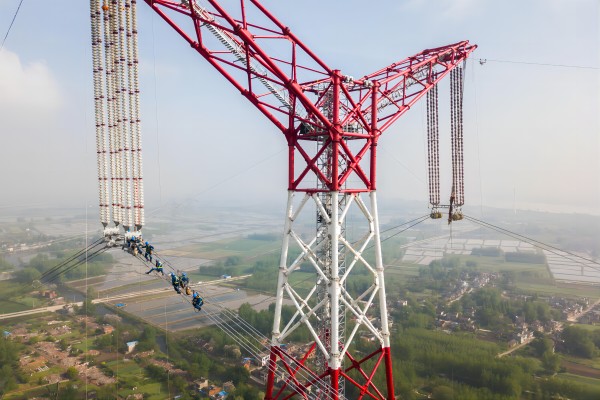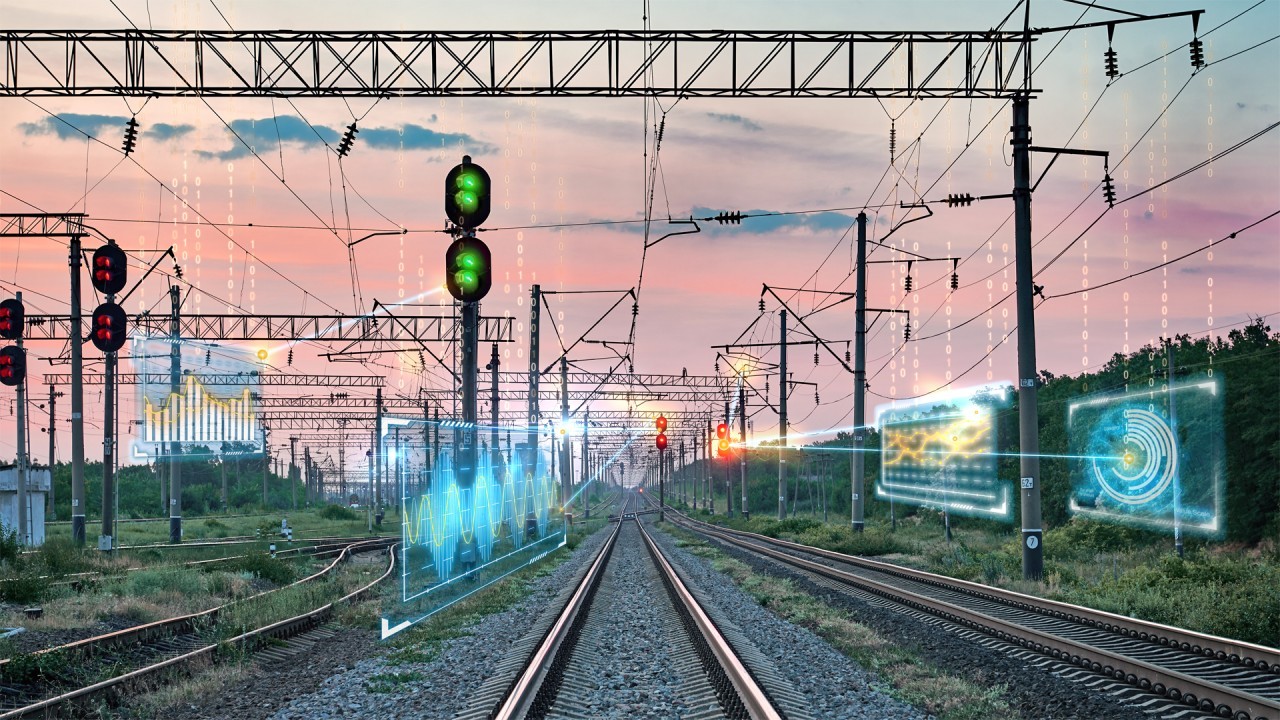Overhead cables are essential components in the infrastructure of power transmission and communication systems.
They play a critical role in delivering electricity and data across vast distances, enabling modern society's functioning.
These cables, suspended above ground on poles or towers, offer a cost-effective and reliable solution for transporting electrical energy and information.
This essay ZMS Cable delves into the classification of overhead cables, their structural components, and their wide-ranging applications.

Overhead cables can be classified into several categories based on their application, construction, and the type of current they carry.
The primary classifications include power transmission cables, communication cables, and specialized cables.
Power transmission cables are further subdivided based on the voltage they carry:
High voltage cables operate at voltages above 33 kV. They are used for transmitting electricity over long distances, connecting power plants to substations, and facilitating the interconnection of large power grids.
These cables are crucial for efficiently transmitting large amounts of electrical power with minimal losses.
Medium voltage cables operate at voltages between 1 kV and 33 kV. They are commonly used in the distribution of electricity from substations to industrial, commercial, and residential areas.
MV cables balance the high capacity of HV cables and the accessibility of low voltage systems.
Low voltage cables operate at voltages below 1 kV. These cables are used for the final delivery of electrical power to end users, including homes, small businesses, and street lighting.
LV cables are essential for local distribution networks, ensuring that electricity reaches consumers safely and reliably.
Communication cables are designed to transmit data and signals rather than electrical power. They can be classified into two main types:
Traditional telephone lines are copper wires used for voice communication and low-speed data transmission.
Despite being gradually replaced by more advanced technologies, telephone lines remain important for basic telecommunication services in many areas.
Fiber optic cables use light to transmit data, offering significantly higher bandwidth and speed compared to copper wires.
These cables are the backbone of modern communication networks, enabling high-speed internet, digital television, and advanced telecommunication services.
Specialized overhead cables are designed for specific applications that require unique properties:
Overhead cables used for railway electrification provide power to electric trains. These cables are built to withstand mechanical stress, vibrations, and varying weather conditions, ensuring reliable operation of railway systems.
Similar to railway cables, these cables supply power to trolleybuses and trams in urban public transport systems. They are designed to handle frequent start-stop cycles and mechanical wear associated with public transportation.
Aerial bundled cables consist of several insulated conductors bundled together.
They are used for overhead power distribution in urban and rural areas, offering improved safety, reduced power theft, and easier installation compared to traditional bare conductors.

The structure of overhead cables varies depending on their application, but they generally consist of the following components:
Conductors are the core component of overhead cables, responsible for carrying electrical current or data signals. The choice of conductor material and design affects the cable's performance, durability, and efficiency.
Aluminum is widely used in overhead cables due to its lightweight and cost-effectiveness. It has good conductivity, though not as high as copper, but its lower density allows for longer spans and easier handling.
Copper is known for its superior electrical conductivity and mechanical strength. It is often used in applications where high conductivity and reliability are critical, such as communication cables and certain power cables.
Composite conductors, such as Aluminum Conductor Steel Reinforced (ACSR) and Aluminum Conductor Composite Core (ACCC), combine aluminum with steel or other materials to enhance strength and reduce sagging. These conductors are used in high-voltage transmission lines.
Insulation materials protect the conductor from environmental factors and prevent electrical leakage. The type of insulation used depends on the cable's application and voltage level.
XLPE is a common insulation material used in medium and high voltage cables. It offers excellent electrical properties, thermal stability, and resistance to moisture and chemicals.
EPR is another widely used insulation material, particularly in medium voltage cables. It provides good flexibility, thermal resistance, and dielectric properties.
In high voltage overhead cables, air often serves as the insulating medium, with the conductor exposed and supported by insulators mounted on poles or towers. This design relies on maintaining adequate clearance from the ground and other objects.
Shielding is used in some overhead cables, particularly communication cables, to protect against electromagnetic interference (EMI) and to contain the electromagnetic field within the cable.
Metallic shields, such as copper or aluminum tapes, provide effective EMI protection and are used in high-frequency communication cables and certain power cables.
Non-metallic shields, such as conductive polymers or fabrics, are used in specific applications where weight and flexibility are critical considerations.

Overhead cables are integral to various sectors, offering versatile and efficient solutions for power transmission and communication. Key applications include:
Overhead power transmission lines are vital for delivering electricity from power plants to substations and ultimately to consumers. They are preferred for their lower installation and maintenance costs compared to underground cables. Key aspects of power transmission include:
High voltage overhead lines enable the efficient transmission of electricity over long distances with minimal losses. They connect generation facilities to regional and national grids, ensuring a stable and reliable power supply.
Overhead cables facilitate the interconnection of different power grids, enhancing grid stability and allowing for the transfer of electricity between regions. This capability is crucial for balancing supply and demand and for integrating renewable energy sources.
Overhead cables are extensively used in rural electrification projects to bring electricity to remote and underserved areas. Their ease of installation and lower cost make them ideal for expanding electrical grids in developing regions.
Overhead communication cables, including fiber optic cables, form the backbone of telecommunication networks, enabling high-speed internet, telephone services, and television broadcasting. Key applications include:
Fiber optic cables provide the high bandwidth and low latency required for modern internet and data services. They support the growing demand for data-intensive applications, such as streaming, cloud computing, and online gaming.
Traditional copper telephone lines continue to play a role in voice communication, especially in areas where fiber optic infrastructure is not yet fully deployed. These lines support basic telephony and low-speed data services.
Overhead communication cables are used to deliver television signals to homes and businesses, supporting both traditional broadcast TV and modern digital services.

Overhead cables supply electrical power to electric trains, contributing to efficient and environmentally friendly rail transport. This application is particularly prominent in urban and intercity rail systems. Key aspects include:
Overhead electrification is widely used in urban rail systems, including subways, light rail, and trams. These systems rely on a continuous supply of electrical power to operate trains, ensuring reliable and efficient public transportation.
High-speed rail networks use overhead cables to power trains traveling at high speeds. The electrification infrastructure must be robust and capable of handling the demands of high-speed operation.
Trolleybus and tram systems in many cities rely on overhead cables for power, offering an eco-friendly alternative to diesel-powered buses.
Key applications include:
Trolleybuses are electric buses powered by overhead wires, providing a clean and efficient mode of urban transport. They offer the flexibility of buses with the environmental benefits of electric propulsion.
Trams, also known as streetcars, use overhead cables for power and are a popular mode of transport in many cities. They provide reliable and efficient urban mobility, reducing traffic congestion and emissions.
Overhead cables are indispensable in modern infrastructure, facilitating the efficient transmission of electrical power and data across vast distances.
Their classification into various types based on voltage levels and applications highlights their versatility and importance in different sectors. From powering homes and industries to enabling global communication networks, overhead cables continue to be an essential component of contemporary society.
As technology advances, the design and application of overhead cables will evolve, meeting the growing demands for reliable and efficient transmission systems.
Whether in urban centers or remote rural areas, overhead cables play a crucial role in connecting people, powering economies, and driving progress.